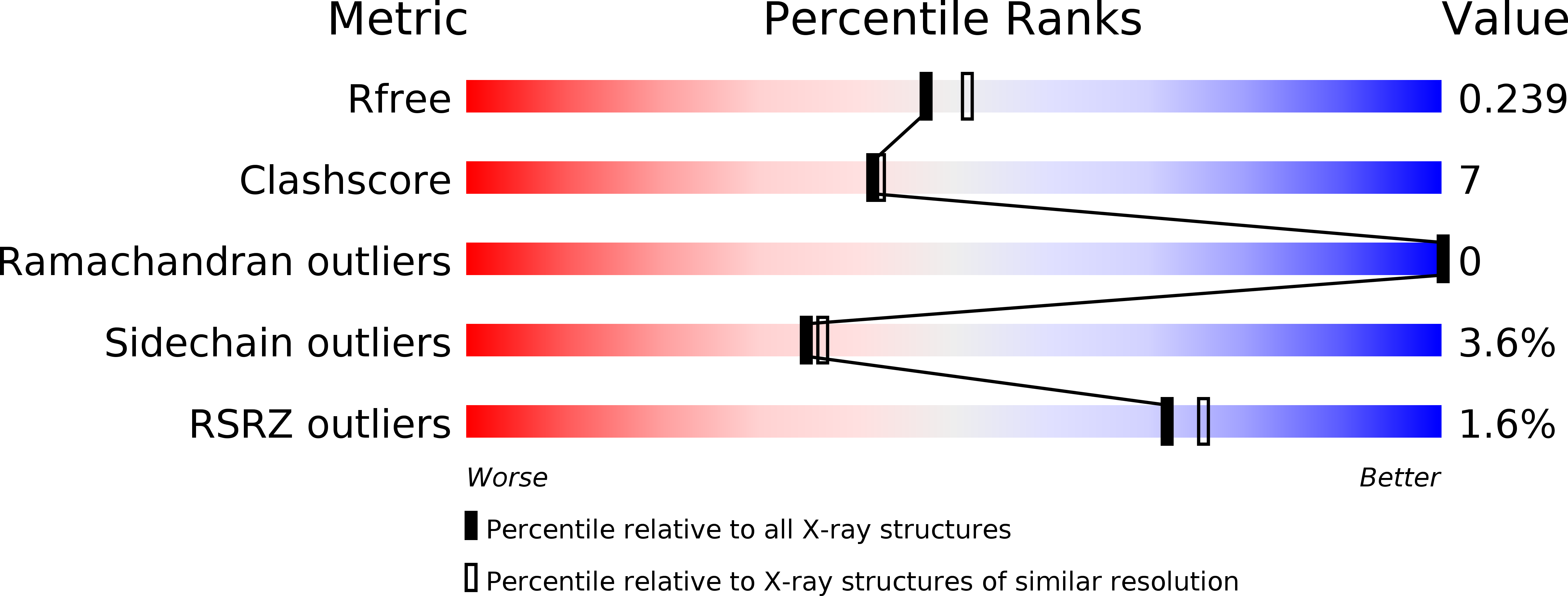
Deposition Date
2009-08-14
Release Date
2009-10-27
Last Version Date
2024-10-09
Entry Detail
PDB ID:
3IOL
Keywords:
Title:
Crystal structure of Glucagon-Like Peptide-1 in complex with the extracellular domain of the Glucagon-Like Peptide-1 Receptor
Biological Source:
Source Organism:
Homo sapiens (Taxon ID: 9606)
Host Organism:
Method Details:
Experimental Method:
Resolution:
2.10 Å
R-Value Free:
0.22
R-Value Work:
0.17
R-Value Observed:
0.18
Space Group:
P 21 2 21


